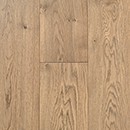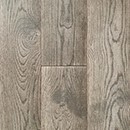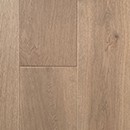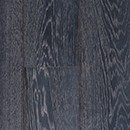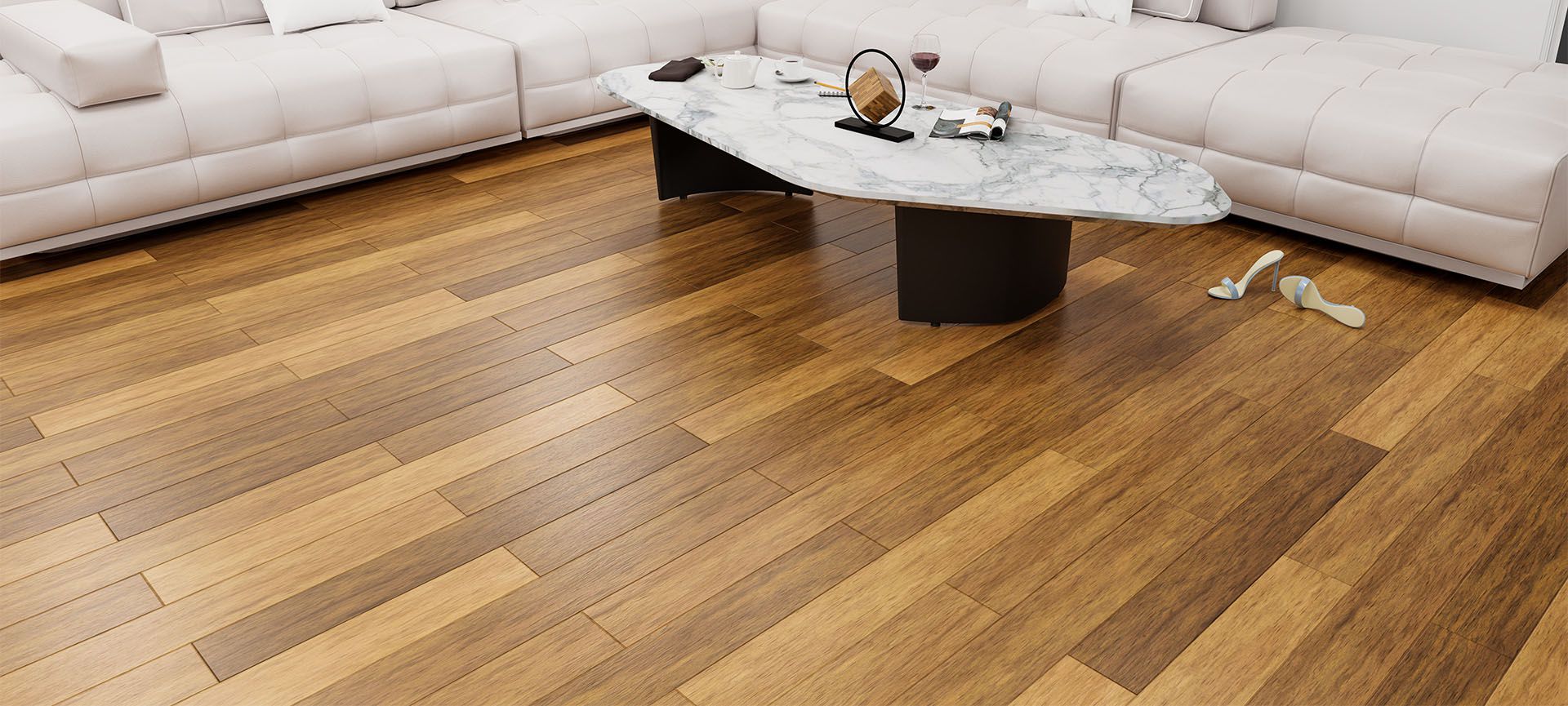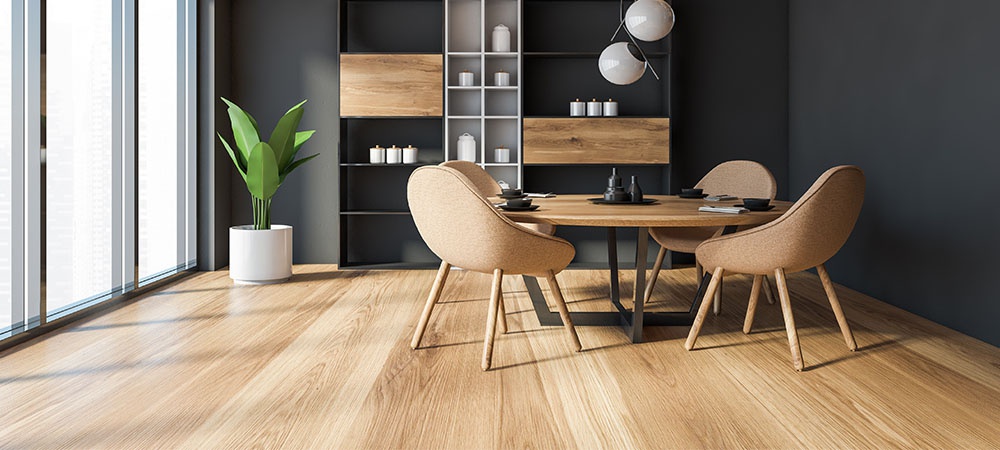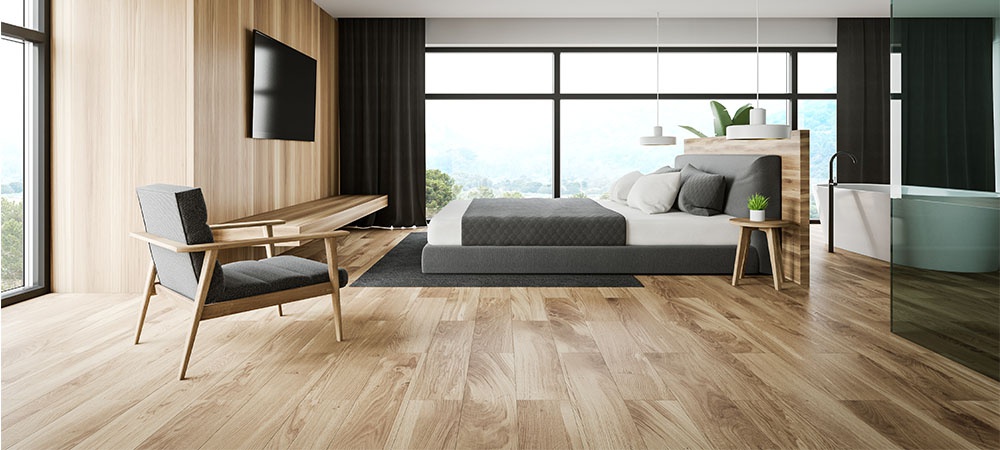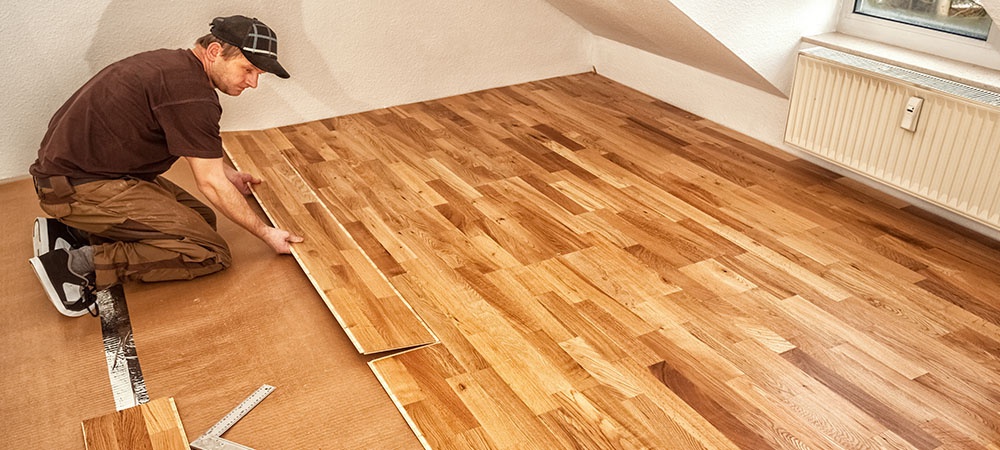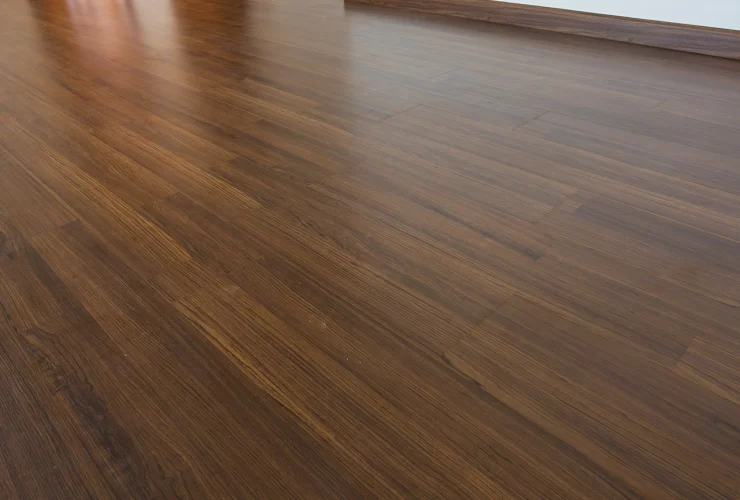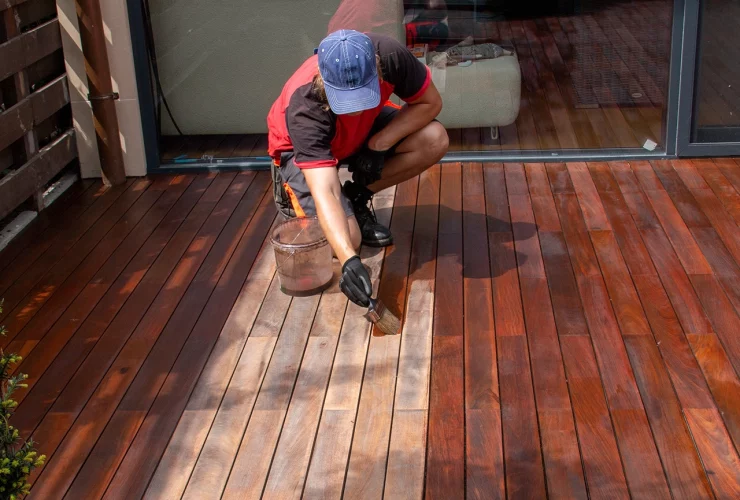Multi-ply Wood Engineered Flooring: Pros and Cons
Hardwood flooring is ideal for homeowners who want their space to appear more modern, polished, and organized. Unfortunately, to install floors like solid hardwood, you’ll need a huge amount of money. Alongside, solid hardwood floors are pretty time-intensive in installation and maintenance.
With unavoidable downsides to solid hardwood floors, many homeowners look to alternative flooring options — multi-ply engineered wood flooring.
Solid hardwood may be more popular, but engineered floors appear and feel much like them. Also, solid hardwood, unlike multi-ply engineered flooring, is notoriously tricky to install because of its susceptibility to moisture absorption and warping.
Furthermore, installing multi-ply engineered floors in your space assures you longevity. This assertion is because the wood for their construction has a moisture content that’s a product of good management.
Planks of these flooring types have an expansion gap built into them. If exposed to humidity, moisture, or other conditions, multi-ply engineered wood floors have room for expansion and contraction without warping or showing damage.
Here, we want to aid further your decision to install multi-ply engineered flooring. Therefore, we’ll highlight the pros and cons of multi-ply engineered wood flooring in subsequent parts. So let’s get into it!
Quick Overview of What Multi-ply Engineered Wood Flooring Is
High-quality wood panels are the primary materials for multi-ply engineered flooring. And making them involves using a staggered arrangement of multi-layer boards as the substrate. In addition, to seal it, manufacturers use a hot press to apply high pressures and temperature.
Layers of plywood-like material fit well between thinly-sliced wood veneer. In addition, this form of flooring is more stable than solid hardwood, allowing it to withstand daily wear and tear for a more extended period.
You may not have pets or young children at home. But installing multi-ply engineered wood flooring will be a better investment than solid hardwoods because it requires so little upkeep and cares to look like new.
Plywood is stacked on top of each other to create multi-ply engineered wood flooring. The layers could go as many as 11. For each layer of plywood, the plywood runs in a different direction, making it less susceptible to warping.
Pros of Installing Multi-ply Wood Engineered Flooring
Your floor choice is one of the first things a visitor will see about your home. With just one simple renovation, you can transform the look and feel of your entire home with multi-ply engineered wood flooring. Even if you don’t do any additional modifications, this floor will give your home a modern, fresh, and more open vibe.
Let’s move to the pros of multi-ply engineered wood flooring without wasting time.
1. Improved Stability
There’s a promise of stability due to the cross-sectional layout of the multi-ply engineered wood flooring. You needn’t worry much about the moisture deformation of this type of floor because of its stable arrangement.
2. Cost-Effective
Multi-ply engineered wood flooring is a lot less expensive than solid wood flooring. Compared to solid hardwood, the multi-ply engineered wood is significantly cost-effective not only because it attaches to the subfloor. But also because it doesn’t necessitate the use of vast quantities of large solid wood materials.
3. Maintenance Ease
As a result of the high wear resistance and well-treated surface, multi-ply engineered wood flooring is effortless to maintain. As a result, it requires little effort on the homeowner’s part to keep it looking great.
You can maintain the varnish brilliance for as long as three years. But that’s dependent on your use of high-quality multi-ply engineered wood flooring.
4. Layers Make Floor Isotropic
There are three to eleven layers in multi-ply engineered wood flooring. In every layer, the crisscrossing of the fibres remains, regardless of the number of layers in accumulation. Due to the alteration of the unidirectional uniformity of the wood and its internal tension, the floor becomes sturdier and pretty isotropic.
5. Processing Precision
Multi-ply engineered wood flooring has a high level of processing precision. The surface, core, and bottom layers have more stringent process requirements. Therefore, the floor structure is more robust, and the installation improves.
6. Natural Wood Appearance
One of the numerous advantages of engineered wood flooring is its natural appearance. As a result, the multi-ply engineered wood flooring also appears much like natural wood. This semblance is a huge plus.
Initially, multi-ply engineered wood was deemed inferior to solid wood by many. But even the most ardent detractors now admit that they were wrong. Even the most jaded skeptic will fall for the charm of high-quality multi-ply engineered wood floors, thinking it’s actual wood.
7. Adaptive Quality
Another perk of multi-ply engineered wood flooring is it doesn’t expand and shrink to the same degree as solid wood. This feature is one of the essential advantages of multi-ply engineered wood flooring over solid wood.
Multi-ply engineered wood flooring doesn’t expand and shrink as much as solid wood because of its intelligent construction. As a result, multi-ply engineered wood is a good idea where solid wood would be at risk of damage. For example, multi-ply engineered wood flooring will remain unshakable in high-moisture and temperature rooms like a kitchen or a bathroom.
8. It’s Incredibly Long-lasting
There are multiple layers of plywood fused before applying solid wood lamella or the top layer. This reason shows why multi-ply engineered wood flooring boards are highly durable and can withstand significant foot traffic in residential spaces. In fact, it’ll do great in commercial settings because of its construction.
9. It is Sandable
There is no denying that multi-ply engineered wood flooring can be sanded multiple times during its lifetime. And this possibility is regardless of the thickness of the top layer or lamella.
When a floor’s appearance is drab, re-sanding it can breathe new life into it. In addition, it’s a great way to remove surface blemishes or marks.
10. It’s Refinishable
You sign up for the advantage of refinishing when you buy multi-ply engineered wood flooring. After sanding, refinishing your engineered wood floor will protect it and restore its original lustre.
This feature also means you have complete creative control over how often you sand and refinish your floor. And this gives you a lot of design latitude.
11. Available in a Wide Variety of Grades, Species, and Finishes
Like solid wood flooring, multi-ply engineered wood flooring comes in various species and grades. And these traits make it versatile.
As a result, you have the option of getting the aesthetic you want while also selecting the best possible finish for your particular lifestyle. In addition, wood comes in various grades, allowing you to tailor your choice to your budget. So, whether you like a hard, an old, oiled high-quality type, or a lacquered, low-cost alternative is totally up to you.
12. Multi-ply Engineered Wood Lends Itself to Wider Boards
You’ll need a pretty large tree to get a broad, solid wood floorboard. In contrast, multi-ply engineered wood flooring doesn’t have this problem.
Using plywood for the core boards allows for far wider boards than would otherwise be possible with solid wood. Essentially, this means that you may locate two or three strips of engineered wood flooring that will allow you to have fewer connections across your floor. They’ll also let you install your floor in a fraction of the time compared to traditional solid wood.
13. There are Chevron and Parquet Options
Parquet and chevron designs are becoming two of the best ways to use multi-ply engineered wood flooring.
As it is, you can build a parquet or chevron floor in hours rather than days. This possibility means you only need to purchase boards that already have the finishing you need.
14. It’s Simple to Set Up
Designed to be simple to work with and quick to install, multi-ply engineered wood flooring is an excellent option for both do-it-yourselfers and contractors. For those who are hesitant to tackle such a project for the first time, there is a click system that makes things even simpler.
15. It’s Not Going To Cost You A Fortune
Multi-ply engineered wood flooring has the tremendous benefit of not costing a fortune, even though it may appear that way.
Intermission: Are you still asking why I should install engineered multi-ply wood flooring? You’re likely not. But here are a few other advantages of multi-ply engineered wood flooring.
16. Beautiful Flooring
Multi-ply engineered wood flooring has a sophisticated aesthetic that’ll function in almost any setting.
17. Underground Heating
Using multi-ply engineered wood for underfloor heating is an excellent choice. For example, multi-ply parquet has a low heat transfer resistance because of its lower total thickness.
18. Smooth and Uniform
The surface of a multi-ply engineered flooring is clean and homogeneous. This uniform surface eliminates the need for disruptive joints that are necessary when installing tile and natural stone.
In addition to being prone to dirt accumulation, joints typically necessitate frequent and thorough cleaning. Parquet flooring eliminates the need for this additional labour.
19. Great Acoustics
The acoustics of a multi-ply engineered wood flooring is amazing.
20. Environmental Friendly
A multi-ply engineered wood floor offers a better ecological balance than laminate or vinyl.
Related Article: Engineered Wide Plank Floors VS Solid Wide Plank Floors
Cons of Installing Multi-ply Wood Engineered Flooring
Multi-ply engineered wood flooring is excellent. They can work in different places where solid hardwood can’t function. In addition, classic timbers can become more accessible due to multi-ply engineered wood. It can also make DIY flooring tasks a little easier.
But there are a few things you need to think about before getting to your local store to check engineered wood colour samples.
Aside from pros, multi-ply engineered wood flooring also has cons. And it’d be unpragmatic to leave them out. So let’s get in there!
1. Refinishing Multi-ply Engineered Wood Products Isn’t Always An Option For Some Of Them
Hardwood floors are popular because they’re sandable and polishable countless times. But, sadly, there are instances when multi-ply engineered wood flooring can’t be refinished more than once.
Whether you experience the above drawback or not is mainly dependent on the thickness of your veneer. Multiple refinishes are possible with a thicker veneer layer. It’s possible to refinish a veneered surface, but you can’t do so if there is insufficient wood in the veneer layer to allow sanding.
But this isn’t the case all the time. For example, if you buy prefinished multi-ply engineered flooring, it generally comes with a super-durable, UV-cured aluminum oxide finish.
Due to the durability of these coatings, they rarely need refinishing. If you don’t know, prefinished wood is usually finished in a factory rather than in your home.
2. Scratches and Dents are Possible With Multi-ply Engineered Wood Flooring
Multi-ply engineered wood is indeed more durable than solid wood. But it’ll still dent and scratch over time. Having extremely playful children, naughty dogs, or bulky furniture won’t help.
There is no such thing as a perfect multi-ply engineered wood floor. Instead, you’ll want to choose a hardwood species and finish that is more resistant to scratches, damage, and dings than anything else.
3. Veneers Can Reduce the Lifespan Of Your Floor
If you want to refinish your multi-ply engineered wood, you’ll need to go with a thicker veneer. If you noticed, this point was part of an earlier discussion in this article.
The thickness of most veneers is between 1mm and 3mm. We propose a veneer layer of at least 3mm for refurbishing purposes because it can be sanded and refinished at least twice. It’s impossible to sand or refinish a 1 mm or thinner veneer.
We’d want to stress that this isn’t something to worry about regarding modern prefinished multi-ply woods. Veneers are now standard—and adequate—with a thickness of 1.2mm.
4. Water Can Leak Through Multi-ply Engineered Wood Flooring
Another reason you may not want to install multi-ply engineered wood flooring is that it’s not totally waterproof.
Solid and engineered wood are formed of natural materials and will warp and bend if they get wet. For example, the finest multi-ply engineered wood flooring will warp in the presence of standstill water.
5. VOCs from Low-quality Engineered Wood are a Concern
Your family’s health can be in jeopardy if your multi-ply engineered wood is of poor quality.
According to the EPA, a volatile organic compound (VOC) known as formaldehyde exists in low-quality engineered wood glue. When placed in your home, this glue undergoes an off-gassing process.
As a result of the above, low-VOC flooring is becoming more widespread. However, if you’re looking for eco-friendly flooring, you should look for good multi-ply engineered wood.
What would be our recommendation?
Get your floors from a local flooring store rather than a big-box retailer. Quality materials and risk-free items are what the former specializes in selling.
6. Sunlight Can Cause Engineered Wood to Fade
This con isn’t so much a negative of engineered wood as it is of wood in general. On the other hand, multi-ply engineered wood can deteriorate when exposed to UV light.
Firstly, the wear resistance may not be so excellent. Its wear resistance is significantly lower than that of laminate flooring. And this flaw is mainly because the top layer is a thin wood veneer.
However, there is a simple solution to this issue. Keep your floors out of direct sunlight and ask your local flooring dealer for materials with UV-resistant coatings.
7. Installation of Multi-ply Engineered Wood Flooring with Keel May Turn Bad Overtime
A keel isn’t necessary for the installation of multi-ply engineered wood flooring. But installing a keel has several advantages.
First, the foot will feel better, but there are some drawbacks. For example, the floor will become uneven with time, and you’ll hear noise from the subfloor.
8. Another Potential Pitfall of Multi-ply Engineered Hardwood Is Its High Cost
The price of multi-ply engineered hardwood is one of its possible drawbacks. But to ensure the longevity of your multi-ply engineered wood flooring, you’ll need to use materials of better quality. Low-cost items, while appealing at first glance, can cost you more in the long run if you need to replace them.
For one thing, engineered hardwood is more expensive than other flooring options, such as laminate or vinyl.
9. An Insufficient Core Quality
Also, keep in mind the difference between the cores of multi-ply engineered wood flooring and solid hardwood.
There are layers of wood that have been treated and then cemented together to create engineered timber. Unfortunately, temperature changes can also cause low-quality multi-ply engineered wood flooring problems.
Related Article: Wide Plank Flooring – Pros & Cons
Summary
At this point, we hope you now have a vivid picture of multi-ply engineered wood flooring. In addition, when shopping for this engineered flooring, you now know to look for additional layers and a thicker plank.
A multi-ply engineered flooring system is what we recommend. Compared to 3 ply or solid hardwood, it’s a tougher flooring option that’ll last longer, resists warping, and is more robust overall.
Three Trees Flooring also stocks the best multi-ply flooring materials to save you time, money, and regrets. Check our online catalogue for the best multi-ply engineered wood flooring designs. They come at the best prices you’ll find around.
Or call (416) 665-2624 to discuss alternative flooring options.


